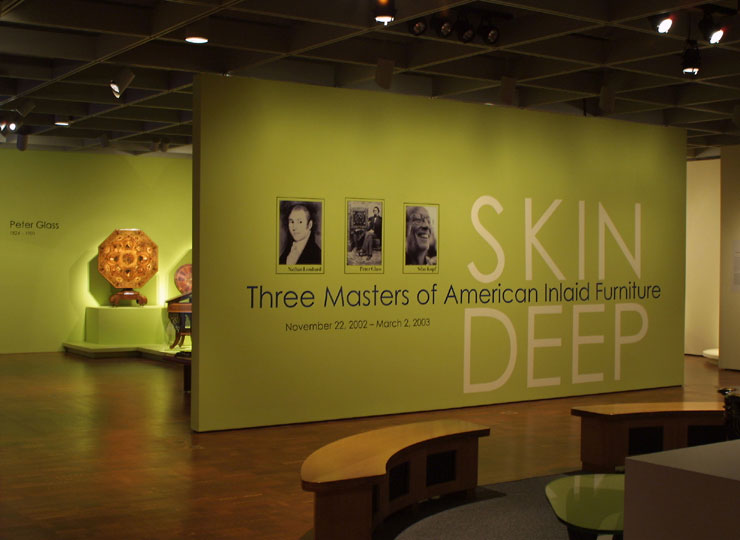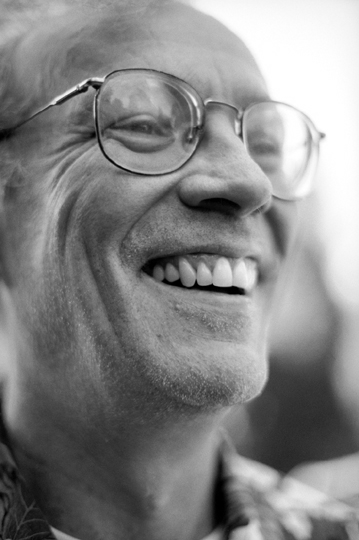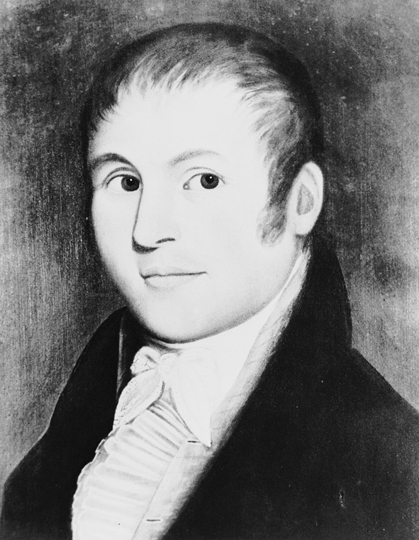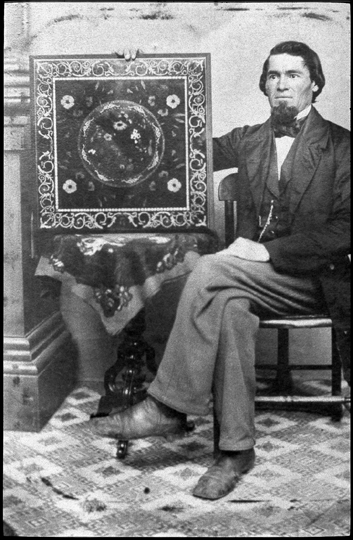
Skin Deep: Three Masters of American Inlaid Furniture
Milwaukee Art Museum, November 22, 2003 – March 2, 2003
For centuries, furniture makers have used the techniques of inlay and marquetry
to create pictures in wood. The difference between the two techniques relates
to the "skin" of the furniture to be decorated—one technique
involves cutting into the surface of the wood, while the other creates a new
surface. To create inlay, a design is carved into the furniture and filled
with variously colored woods. Marquetry consists of many pieces of wood fitted
together to create a solid sheet, like a jigsaw puzzle, which is then glued
to the furniture. Like carving and painting, both inlay and marquetry do more
than decorate a piece of furniture—they serve as the vehicle for individual
expression.
This exhibition explores the lives and work of three craftsmen spanning two
centuries, each of whom employed inlay or marquetry to embellish their furniture.
Nathan Lombard (1777-1847), Peter Glass (1824-1901), and Silas Kopf (b. 1949)
are considered to be masters of woodworking, but all are also categorized
as outsiders of one kind or another: folk, rural, or avant garde. The work
of all three men was made outside of the economic mainstream, away from centers
of high-style. Yet Lombard, Glass, and Kopf took advantage of their places
on the margins to create furniture of uniqueness and distinction.



Nathan Lombard
(1777-1847)



